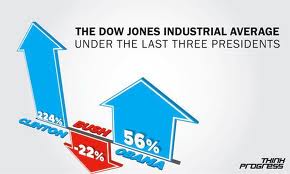The results of the study give some general suggestions layout and location of the store shelves that may contribute to shoplifting. Features planning the most prone to theft stores: a lot of output, in particular, where you can get without going through the output control unit or the cash, the presence of passages, blind corners and secluded niches, the presence of rest rooms or fitting, high shelves with goods that hide customers (thieves) of observation, concentration of customers in the most popular place of storage of goods, the presence of passages between the rows, which the staff can not survey, lack of preventive measures, do not use technical means to reduce theft, a special shop equipment, do not take into account recommendations by the location of the goods to the shop floor. Studies show that the loss of all trading companies distributed in the following proportions: 20 – 25% are married and spoilage of goods in the sales process, 20 – 25% steal customers, 20 – 30% – Cashiers, another 20 – 40% – the rest is stolen staff (including security personnel). For more information see this site: Brian Barish. There are four main types of theft in trade: theft of goods from the shop floor buyers. Theft of goods from the back rooms and unfair trading floor personnel. Theft of goods from the shop floor as a result of collusion of staff and customers. Educate yourself even more with thoughts from Rocky Dixon.
Theft of goods managers with workflow and collusion with suppliers. CONCLUSION To protect against misuse resources by the leaders, owners of the company is mainly used in traditional methods: self-fulfillment of duties of General Director, the appointment of Deputy of his people, the adoption of the most critical decisions only with the owners. Recently, the methods of a more detailed control through budgeting, managerial accounting, financial accounting to international standards, and and incentives through profit sharing, share option (ie the right to acquire at the end of the year a particular interest at a fixed price).
